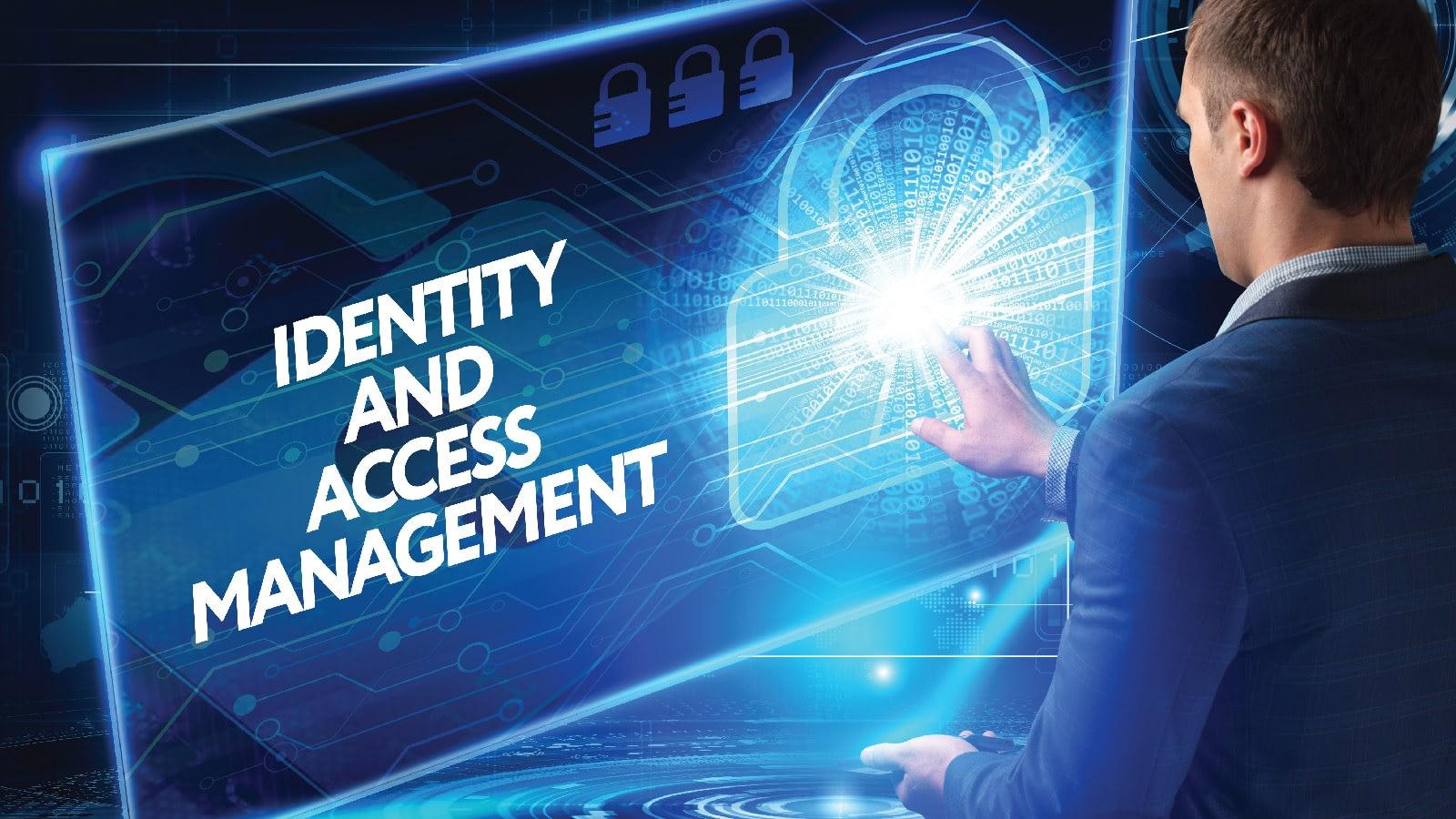Understanding The Basics Of Identity Management
Identity management is essential to commercial security. As important as it is, it is often misunderstood. This guide will cover the basics of identity management.
The Purpose Of Identity Management
The purpose of identity management is to control access to your company’s information and systems. With an identity management system, you can monitor who has access and who doesn’t. Your goal should be to safeguard your most important data and resources, keeping in mind that the majority of corporate fraud cases are internal–committed by trusted employees.
Authentication
Authentication is an important part of this process, as it ensures that you are granting proper access to the proper person. You may have seen high-tech identity authentication tools (such as retinal scans) in movies, but authentication includes several familiar processes, including username/password setup and PINs. The complexity of the authentication procedure depends on the level of access and the sensitivity of the data or resources being protected. In high-security situations, fingerprint scans may be necessary.
Authorization
Identity management is also used to determine the level of access that an individual has. Often, this is the next step after authentication. This step is called “authorization.” If you work in an office, chances are you interact with authorization tools every day. For example, when you open a document on your computer, you may notice that you can read the document, but can’t make changes to it. This is the result of an authorization procedure. Also, if you have to scan a badge before even entering your workplace, you are using a system that implements both authentication and authorization (the two processes often go hand-in-hand). Authorization is also crucial to identity management.
Uses Of Identity Management
The specific applications of an identity management system are myriad–enough to warrant a separate article. Here are a few of the most common applications:
- To protect electronic data
- To limit access to a physical space, e.g., an area within a building
- To maintain compliance
The last point, “to maintain compliance,” is worth exploring in greater detail. Many companies – large and small – are required to submit to annual security audits. These security audits are often performed by a third party and are meant to ensure that client data is protected. Identity management, therefore, also serves the important secondary function of keeping companies compliant. Failing a security audit has serious consequences.
Flexibility
For an identity management system to be successful, it needs to be flexible. New employees get hired and old employees leave the company. Employees also get promoted, which may change their level of access. Your system needs to be flexible enough to accommodate these changes. It also needs to be flexible enough to keep up with a changing digital landscape: as cybercriminals become more sophisticated, new authentication and authorization procedures will be required. That is why it is so important to work with a trusted security company–one that can update your identity management processes as needed. Security should always be a top priority at your company.
